Medieval African Kingdoms
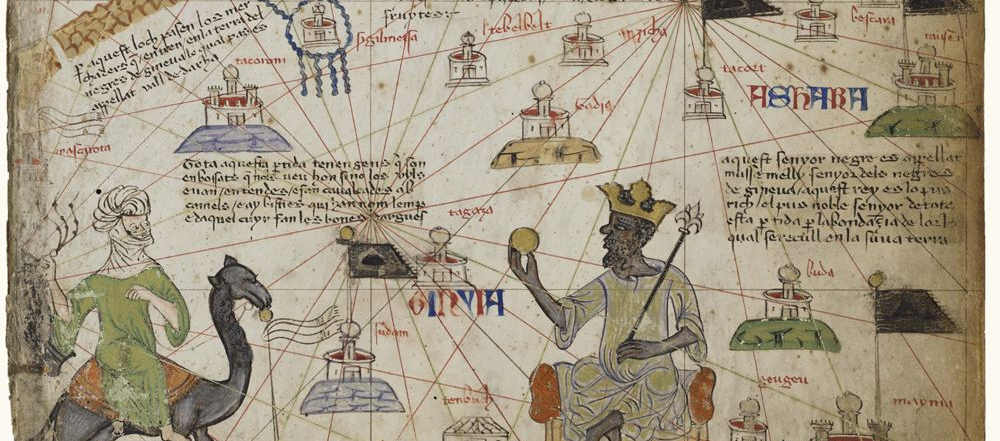
6th June 2025
Year 7 and 8 have continued their work on the Medieval period by studying Medieval African Kingdoms. We have looked at the Kingdom of Mali, the Kingdom of Benin and will go on to study Great Zimbabwe and the Swahili coast before the end of the block. In addition, the children have done their own independent research on the Kingdoms of Kanem, Aksum, Kush, Kongo and Asante. These societies were centres of learning, art, trade, and political power over hundreds of years in the medieval time.
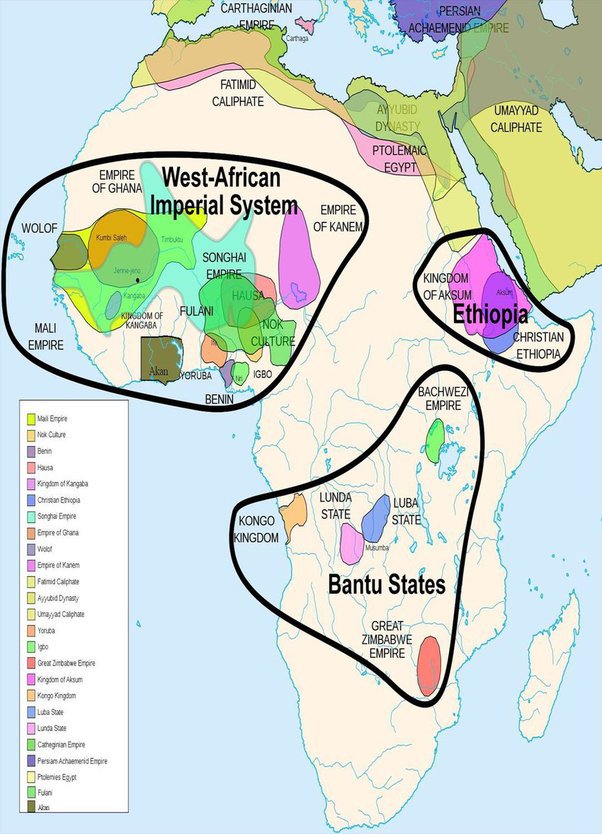
One of the key topics explored was the Kingdom of Mali, a powerful West African empire that flourished between the 13th and 16th centuries. The class was especially interested in the story of Mansa Musa, the legendary emperor who is often considered the richest person in history. His famous pilgrimage to Mecca in 1324 not only showcased his immense wealth — building a new mosque every Friday on his year-long journey — but also spread Mali’s reputation across the Islamic world and beyond. We discussed how his legacy influenced architecture, education, and trade in Timbuktu; a thriving centre of Islamic learning.
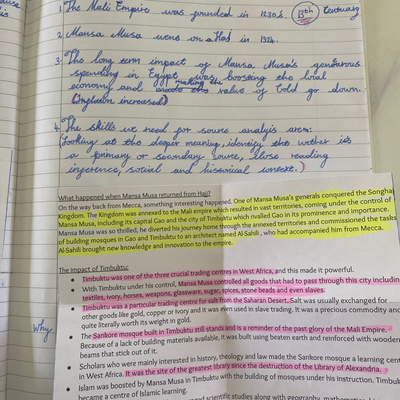
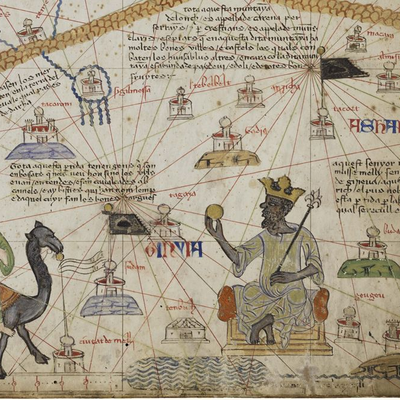
Our studies also brought the children to the heart of what is now southern Nigeria to study the Kingdom of Benin; a powerful society renowned for its intricate art and skilled craftsmanship. The children were interested to hear about the Benin Bronzes; a collection of exquisitely made plaques and sculptures that once decorated the royal palace and are now mostly on display in museums around Europe. Ms Sharratt shared pictures of when she had visited the bronzes in the British museum, which sparked an interesting discussion around cultural heritage, colonialism, and the current debates about whether these bronzes — many of which were taken by British forces during the 1897 invasion — should be returned to Nigeria. The topic encouraged critical thinking as students explored the legacy of colonialism and the importance of preserving and respecting cultural identity.
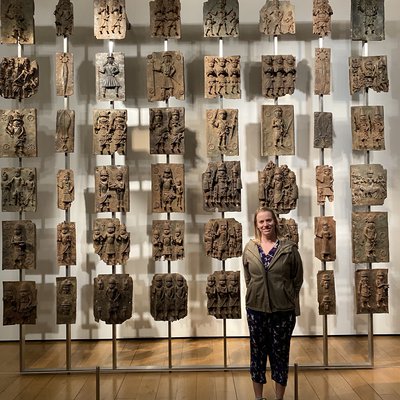

As the term progresses, Year 7 and 8 will continue their exploration of Africa’s diverse past by turning their attention to Great Zimbabwe, a city famous for its massive stone structures and its role as a major trading hub in southern Africa. We will also come closer to home when the children will also learn about the Swahili coast, where centuries of trade with Arab, Persian, and Indian merchants helped to create a unique and vibrant culture along East Africa’s shores.








